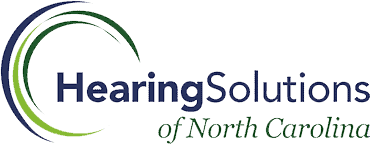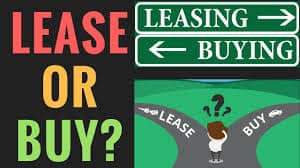Hearing aid leasing solves technology and cost challenges for acquiring hearing devices. We have been offering lease as an option to our patients for 2-1/2 years now and the response has been very positive. Leasing is resurging as an alternative method instead of purchase to own. While it might feel like a new concept to some, leasing hearing aids began as early as 1956. Other retailers initiated a hearing aid rental problem in 1962. Since banks did not want any part of the hearing aid financing or leasing business, hearing healthcare providers were required to internally fund these rental programs by purchasing the hearing instruments and renting them to patients requiring a significant financial resource.
LEASING VS. BUNDLED PRICING
The cost for patients to lease hearing aids during the 1970s was not all that different from what it is today. The two-year binaural lease, though not routine at the time, was priced at $30 ($156 in 2019). While the leasing concept was interesting for hearing healthcare providers, most only used it for patients who could not afford to purchase upfront. These programs were never commonplace, only accounting for about two percent of hearing aid acquisitions. Thus, the well-known bundled upfront pricing system became the standard industry method for hearing aid acquisition. It is reasonable that bundled pricing in favor of leasing occurred for two fundamental reasons:
- Technology in the 1970s was essentially the same for all manufacturers. Proprietary product differences did not exist until the eras of programmable and, later, digital processing. Therefore, new instruments every two or three years did not usually result in an increase in hearing benefit, so patients tended to replace devices only when they wore out.
- The Greatest Generation of Americans were the purchasers of hearing aids at that time. As a generation, they only purchased items that they could pay for fully in cash. These were also Great Depression survivors, and were very hesitant to use credit cards. In fact, more common than any kind of financing or leasing was the use of layaway, a purchasing model that has largely disappeared.
LEASING IN TODAY’S MARKET
The children of the Greatest Generation, the baby boomers, are now hearing health care patients, and will be until about 2050. This generation is not as frugal as their parents, outspending even Generation X. They grew up in the prosperity of the 1950s and ‘60s, and spend their money on computers, smartphones, cable TV, Netflix, Amazon Prime, timeshare property, and other new devices and concepts. Furthermore, they often lease their cars and many other products that make life easier—not to own them, but to make use of them.
Baby boomers with hearing impairment are more apt to pay for the use of products such as hearing aids for the following reasons:
- Changing technology. Hearing instrument technology advances about every 18 months and offers very significant changes every three years. To baby boomers, keeping up with technology is something they understand based on their use of computers, smartphones, and other products. Since hearing instruments also have a high technology life cycle similar to that of these other products, it makes sense to take advantage of technological innovations through a short-term lease instead of a long-term purchase.
- Usable life of hearing aids. The average life of a hearing device may be about five years. As with other high-tech products, components wear out, follow-up visits are required to ensure benefit, and repairs are necessary, often after the warranty expires. Leasing offers patients the opportunity to upgrade their technology every three years and, during the lease, follow-up visits are included. The devices are always under warranty for the full duration of the lease, resulting in a high-quality, low-stress hearing care experience.
- Investment in hearing health care. The high initial cost of sophisticated hearing aids compared with their average usable life expectancy positions hearing devices as an ideal lease product. Like automobile leasing, phone and equipment leases, or subscriptions to various programs, hearing aid leases provide the lowest possible payment for consumers who wish to use a product while maintaining the flexibility to change and/or upgrade in the future. Leasing is particularly beneficial to those with progressing hearing impairment or for those who normally plan to replace their devices within a three- to five-year period.
- Attractive design of leasing programs. We are currently using Allegro Credit as our leasing company. Patients may acquire hearing aids with a low fee that covers our professional services and an affordable monthly payment for a maximum four-year period. At the end of the lease, patients may turn in the hearing aids, lease new upgraded devices after three, or purchase their current hearing aids for a predetermined amount.
As Jane and I frequently say” leasing keeps you current with the latest and greatest technology. What we had in hearing aid technology three years ago, is nothing like what we have today.” As important as your hearing is, this is a great alternative. We currently estimate 50% of our patients are taking advantage of this great opportunity.
If you would like more information about our services or would like to schedule a hearing evaluation, give Beth or Jamie a call at (704) 212-2376 to schedule an appointment. Remember to visit our website at www.hearingsolutionsofnc.com and like us on Facebook. We look forward to seeing you soon.

